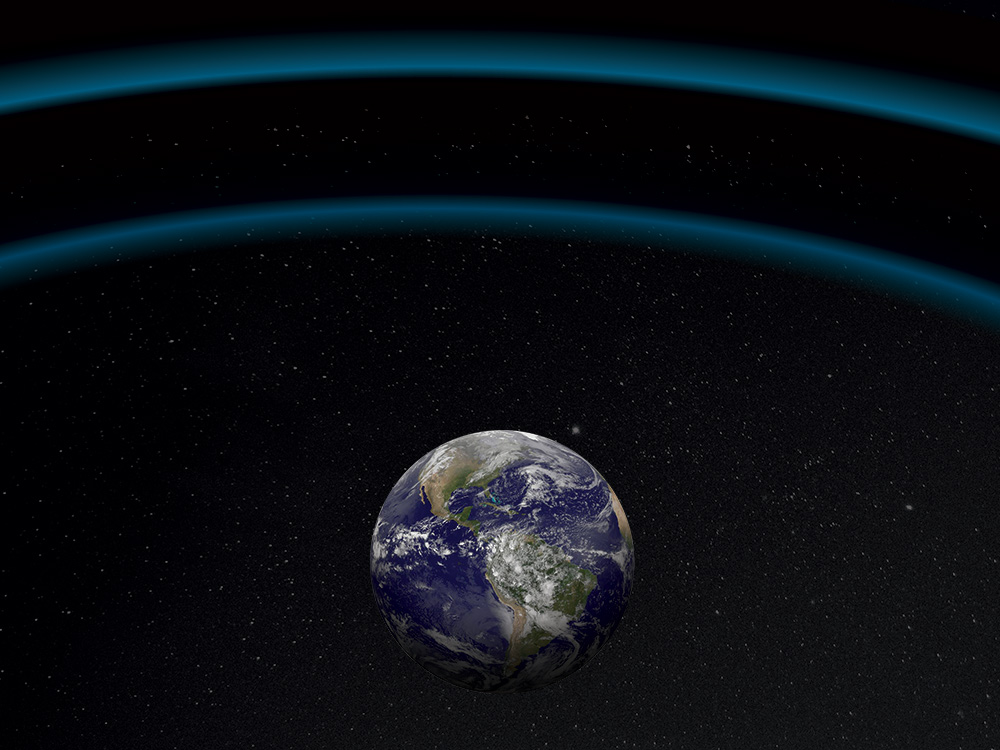


In 2015, scientists caught evidence of a cosmic throwdown that took place 1.3 billion light-years away. They spied this binary black-hole collision by capturing gravitational waves—ripples in spacetime created when massive objects interact—for the first time. But now physicists want to see even farther. Doing so could help them accurately measure waves cast off by colliding neutron stars, impacts that might be the source of many Earthly elements, including gold. For that, they need the most sensitive gravitational-wave detectors ever. The devices that nab waves all rely on the same mechanism. The U.S.-based Laser Interferometer Gravitational-Wave Observatory (LIGO) and its European counterpart, Virgo, fire lasers down two mile-plus-long arms with mirrors at their ends. Passing waves wiggle the mirrors less than the width of an atom, and scientists measure the ripples based on when photons in the laser light bounce off them and come back. Ordinarily, photons exit the lasers at random intervals, so the signals are fuzzy.
Imagine these photons as raindrops, and the time it takes for us to measure the gravitational wave as a sidewalk. Drizzling drops hit the pavement independent of one another. Some spots might stay dry longer, while others get soaked. The droplet nature of rain, like the photon nature of light, leads to “graininess.”
Now physicists can even out those metaphorical raindrops. In upgraded detectors, a principle of quantum physics called “squeezed light” is helping researchers paint a more precise image. Squeezing light works by shining a laser through a special crystal, which adjusts the rate of the photons’ flow so they’re spaced out more evenly.
Instead of falling randomly, each raindrop is less likely to hit a spot that’s already wet than a dry patch. The result is a more even spritzing of the sidewalk square. Or, in the case of gravitational waves, a nearly complete up-and-down wave pattern rather than an uneven and jumpy picture.
Squishing in one dimension means stretching in another, but scientists can give up certainty about the energy of the light and not lose any crucial info. “We manipulate light such that we put more of the uncertainty in one [measurement] in order to measure the other one more accurately,” says Katherine Dooley of Cardiff University, a LIGO collaborator.
Squeezed-light tech has already increased accuracy at the smaller GEO600 detector in Germany fourfold. If LIGO and Virgo see similar gains, we’ll squeeze out many more neutron-star collisions from the cosmos—the pot of gold at the end of gravity’s rainbow.

1. Not even close to scale:
Our entire galaxy would be smaller than a period on this page.
2. 3.6 billion light-years:
LIGO uses tiny tremors to detect the collision of black holes 30 times the mass of the sun.
3. 4.9 billion light-years:
Squeezed light will expand LIGO’s field far enough to spot black holes that merged before Earth existed.
This article was originally published in the Fall 2018 Tiny issue of Popular Science.